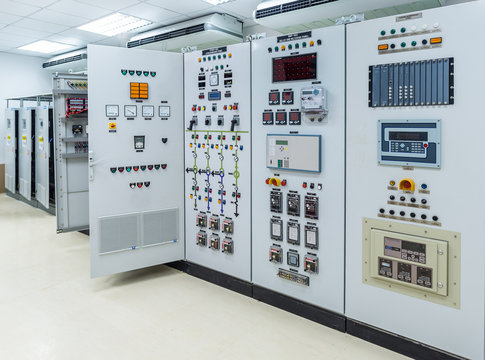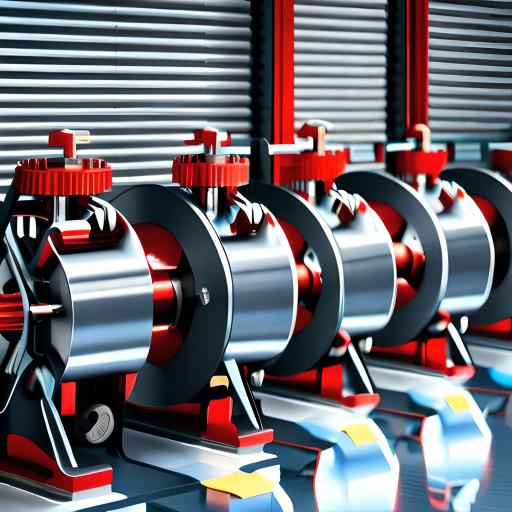Electrical arcs can happen when a gas is hit with a voltage that is higher than what it can handle. When the air is sufficiently ionized by the voltage between the conductors, an arc will occur. Ionized air becomes a good conductor, permitting the passage of electricity. Ionization of the air generates a current that creates heat and brilliant light. Due to the heat, ionized air rises and produces an arch-shaped circulation, thus the name of this phenomenon. An arc flash may generate temperatures as high as 20,000 degrees Celsius.
Arc flash poses threats to both people and property. The following are some economic impacts of arc in flash:
- Direct expenses are medical care, rehabilitation, worker compensation, and the cost of accident investigation and productivity loss.
- Indirect expenses include legal and judgement costs, litigation costs, penalties, insurance premiums, repair charges, and replacement worker costs.
- Your personal reputation, your capacity to compete on the job market, and the prospect of criminal charges are affected by negative effects.
- Most consumers reject businesses with high incident rates, resulting in missed business prospects and potentially revocation of the electrical contractor’s license.
- Mishaps involving an electrical circuit Flash tend to create a lasting impression, resulting in missed chances and wasted income.
Arc Flash Danger Causes:
- Testing on the incorrect surface.
- Improper equipment, installation, and work procedures.
- Using defective electrical components.
- Insulation damage or equipment gaps.
- Disconnect panel interference.
- Electrical equipment dust or rust.
- Poor maintenance of circuit breakers and switches.
- Live parts exposed or frayed connection.
- High voltage wires or a consistent source of electricity.
- Electrical equipment moisture.
Arc Flash Risk Mitigation Techniques:
Switching Off Electrical Elements:
It minimizes possible threats as much as is practicable. Avoid working on electrified equipment, and test or re-energize de-energized equipment with great caution. Using remote tracking technology, circuit breakers are kept away from arc flash boundaries to safeguard their personnel.
Employ Low-Risk Technology:
Arc flash analysis and power system studies are undertaken to analyze the hazards presented by short circuits and the coordination of protective devices. Use low-threat measures to protect people and property, such as remote rack equipment.
Reconceptualize Electrical and Control Systems:
Ensure that proper PPE (Personal Protection Equipment) is provided for the kind of arc flash danger. Changes are being made to technological tools and procedures to reduce hazards. Energy distribution systems and circuit breakers are designed to restrict incident energy.
Reduce Availability of Fault Current:
Non-current limiting circuit breakers will help industry to lower fault current availability. These devices can be utilized with an open tie for maintenance. Opening the connection between dual power feeds during maintenance decreases arc flash threats by decreasing available fault current. Current limiting reactors can be used to establish a bottleneck in the flow of electrical current, effectively preventing the flow of current during arc faults.
Change the Blast’s Energy:
Encourage arc-resistant materials. Arc-resistant switchgear employs sealed joints, top-mounted pressure relief vents, and strengthened hinges to direct arc flash energy and heat through ducts to an unoccupied area. CareLabs conduct exhaustive arc flash analysis. To update your safety program, professionals evaluate arc flash hazards. CareLabs can find and implement modern arc flash risk prevention strategies. CareLabs is capable of researching and implementing cutting-edge technology for arc flash hazard reduction. In CareLabs, software called ETAP (Electrical Transient Analysis Program) is used for research and analysis.
To ensure that our information is easily accessible in both regular and emergency circumstances, crew members serve a range of roles. Rapidly gaining ISO 9001:2008 certification and customer loyalty Switzerland cities include Zurich, Geneva, Basel, and Bern.




